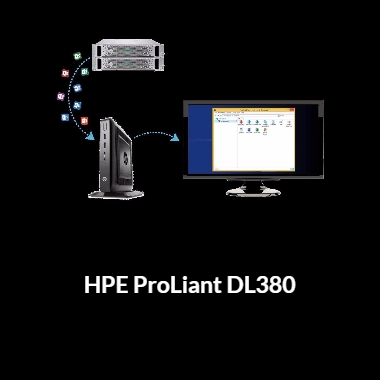Windows 10 Upgrade: Advantages of Cloud Computing
Windows 10 upgrade – When a new version of Windows is released, everyone gets excited and may forget to consider if critical applications will continue to work.
Back in the day, IT had control over when and how applications and operating systems were deployed, updated, and replaced. The reality today is quite different, with users upgrading their own devices (BYOD/ CYOD) much faster, especially with regard to Windows 10.
To accommodate this fast migration while ensuring all applications work on Windows 10 without risks, users can now leverage cloud computing at a very low cost.
Thanks to cloud computing, once users are familiar with Windows 10, they can continue to use it on cloud services and upgrade their PCs as well. This allows them to address the following concerns:
- Do I like the new Windows 10 interface?
- Do all my applications run on Windows 10?
- If I have issues, can I roll back?
- With the end of Windows 7, do I have an easy path to Windows 10?
Microsoft recently changed its licensing approach with Windows 10 and Azure, allowing enterprises and Office 365 customers to run Windows 10 on Azure. This is especially appealing if your enterprise uses Office 365 E3 or E5. Leveraging Parallels Remote Application Server (RAS) RemotePC feature delivers Windows 10 as a service allowing you to stream applications and desktops to your existing PC. In addition, Azure end users can virtually access their applications and files from anywhere.
Reference to Windows 10 upgrade:
Windows 10 upgrade – https://docs.microsoft.com/en-us/windows/deployment/windows-10-enterprise-e3-overview
Windows 10 upgrade – http://windowsitpro.com/windows-10/microsofts-windows-10-upgrade-policy-business-not-what-you-might-think
Windows 10 upgrade – https://www.microsoft.com/en-us/windowsforbusiness/deploy
Windows 10 upgrade –http://www.techradar.com/news/software/operating-systems/should-your-business-upgrade-to-windows-10-1316440

